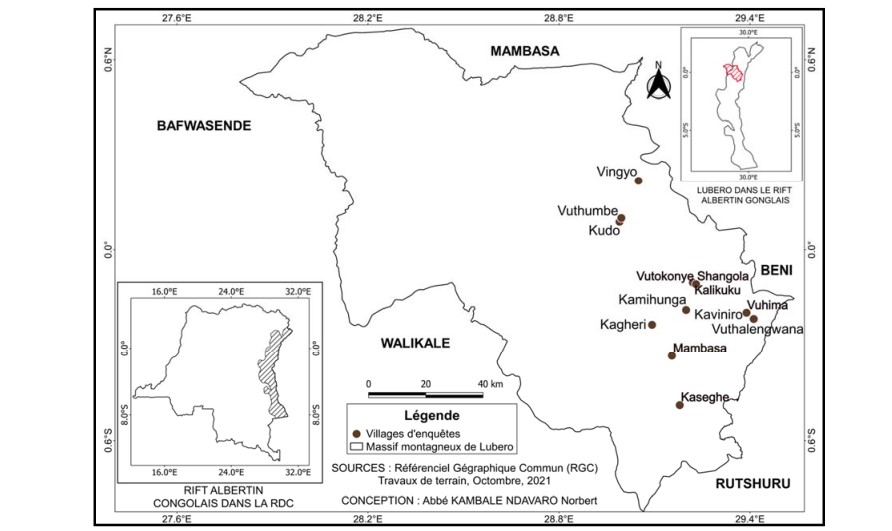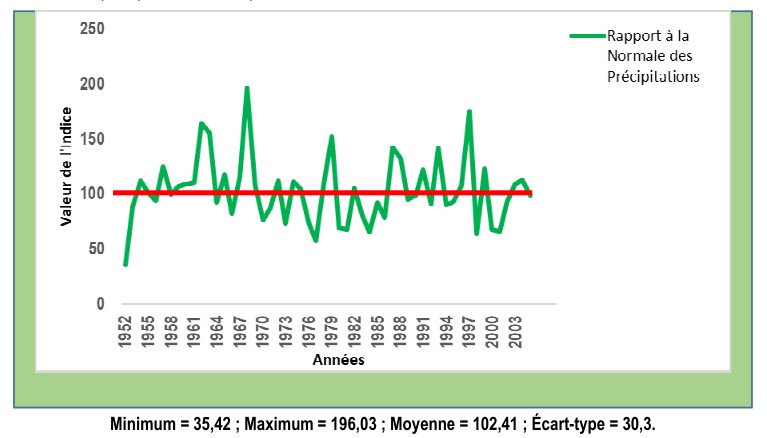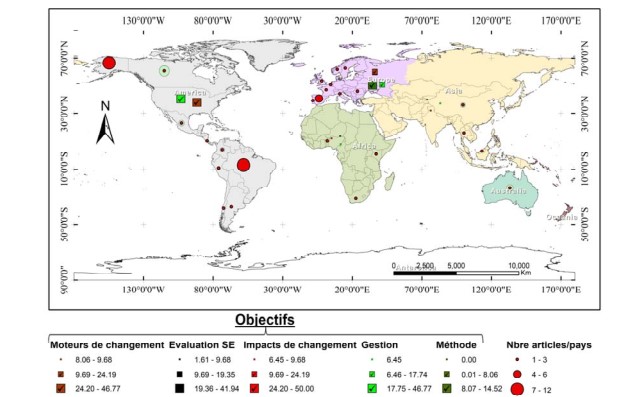Re-examining the hypothesis of plant availability
an ethnobotanical analysis on wood resources of forest patches of the Lubero Massif (Congolese Albertine Rift)

Downloads
The geographical and ecological availability of plant resources is a factor likely to determine how they are used by human populations for various purposes. The study, carried out in the Lubero mountain range, north of the Congolese Albertine Rift, had examined the ethnobotanical hypothesis of plant availability by assessing the effect of physical distance from the collection site and ecological importance value on the ethnobotanical use value of woody species in forest patches. Forest inventories were carried out using stratified quadrat sampling in 255 plots (50 m x 50 m each), located in 10 forest patches in the study area. Ethnobotanical surveys using semi-structured interviews and focus groups were carried out with 449 people in 13 villages bordering the forest patches. The index of ecological importance and the index of ethnobotanical use value of woody species were calculated. The effect of physical distance from the collection site and ecological importance value on the ethnobotanical use value of woody species was tested using multiple linear regression, at a significance level of 5%. A total of 105 woody species (86 genera and 46 families) were inventoried in the forest patches. Among these species inventoried, 80 were mentioned by the respondents, 60 of which were used in wood-energy (25.75%), in handicrafts (23.13%), for medico-magical purposes (22.01%), as house building materials (19.78%) and as food (9.33%), five main categories. The ethnobotanical use value of woody species increased as the collection sites were further away from homes, and as their availability in these sites increased (p < 0.05). Thus, the ethnobotanical hypothesis examined here is verified with the variable relating to the ecological abundance of woody species and not with that relating to the physical distance to the place of the collection of these phytoresources. From a sustainability perspective, reforestation actions are urgently needed to improve the conservation status of the useful and multi-purpose woody species found in the forest patches of the Lubero mountain massif, northern Congolese Albertine Rift.










